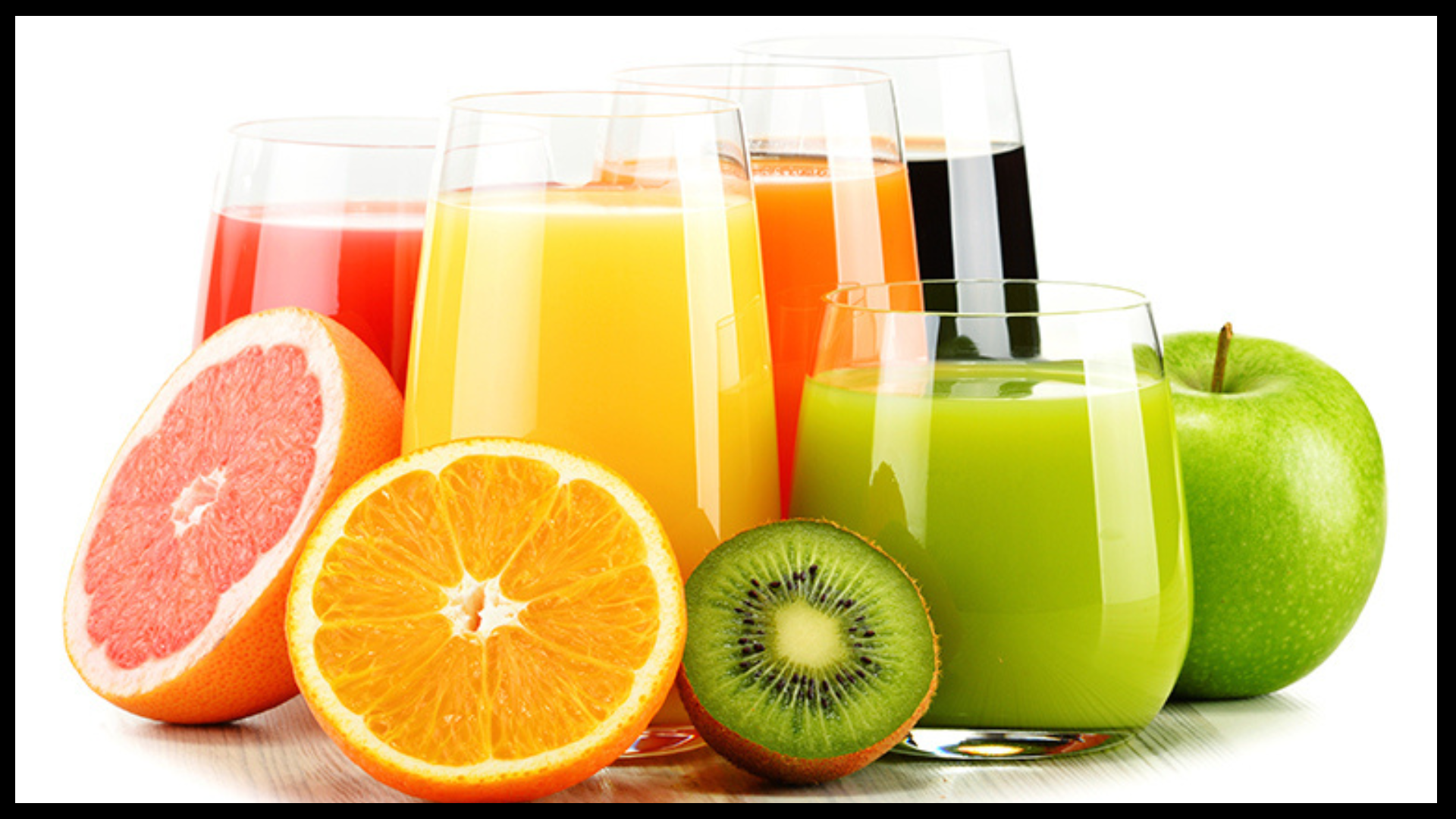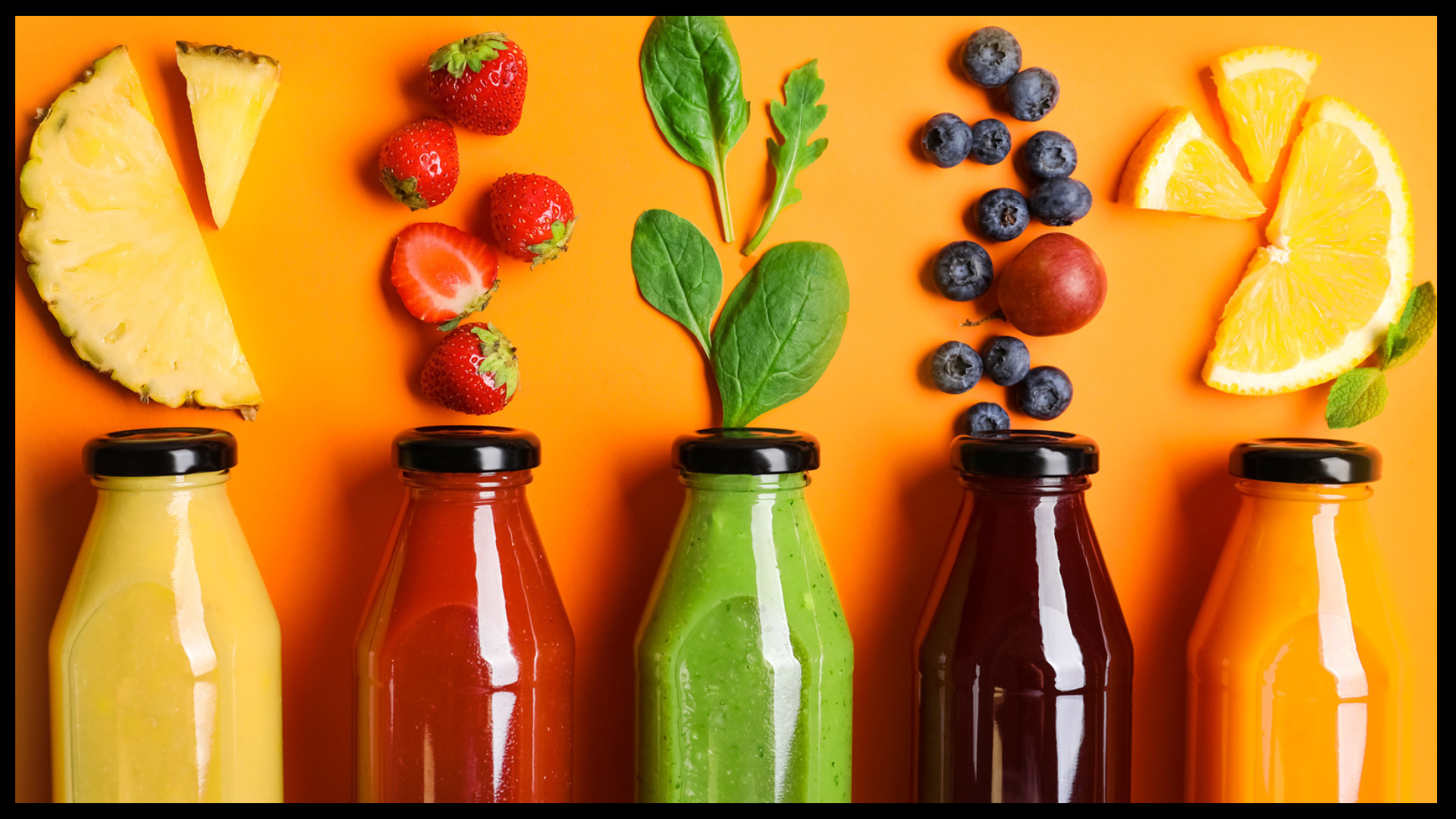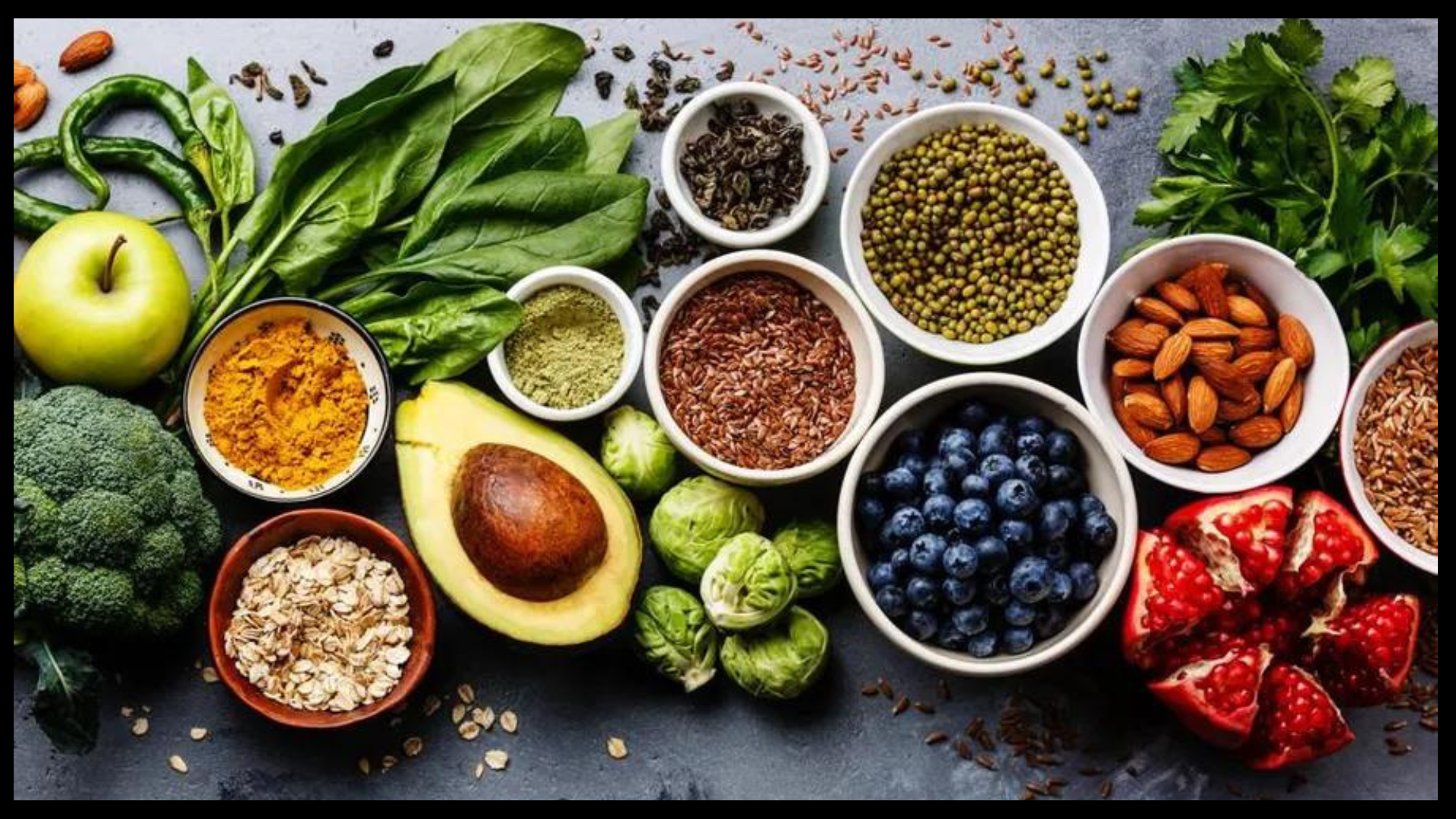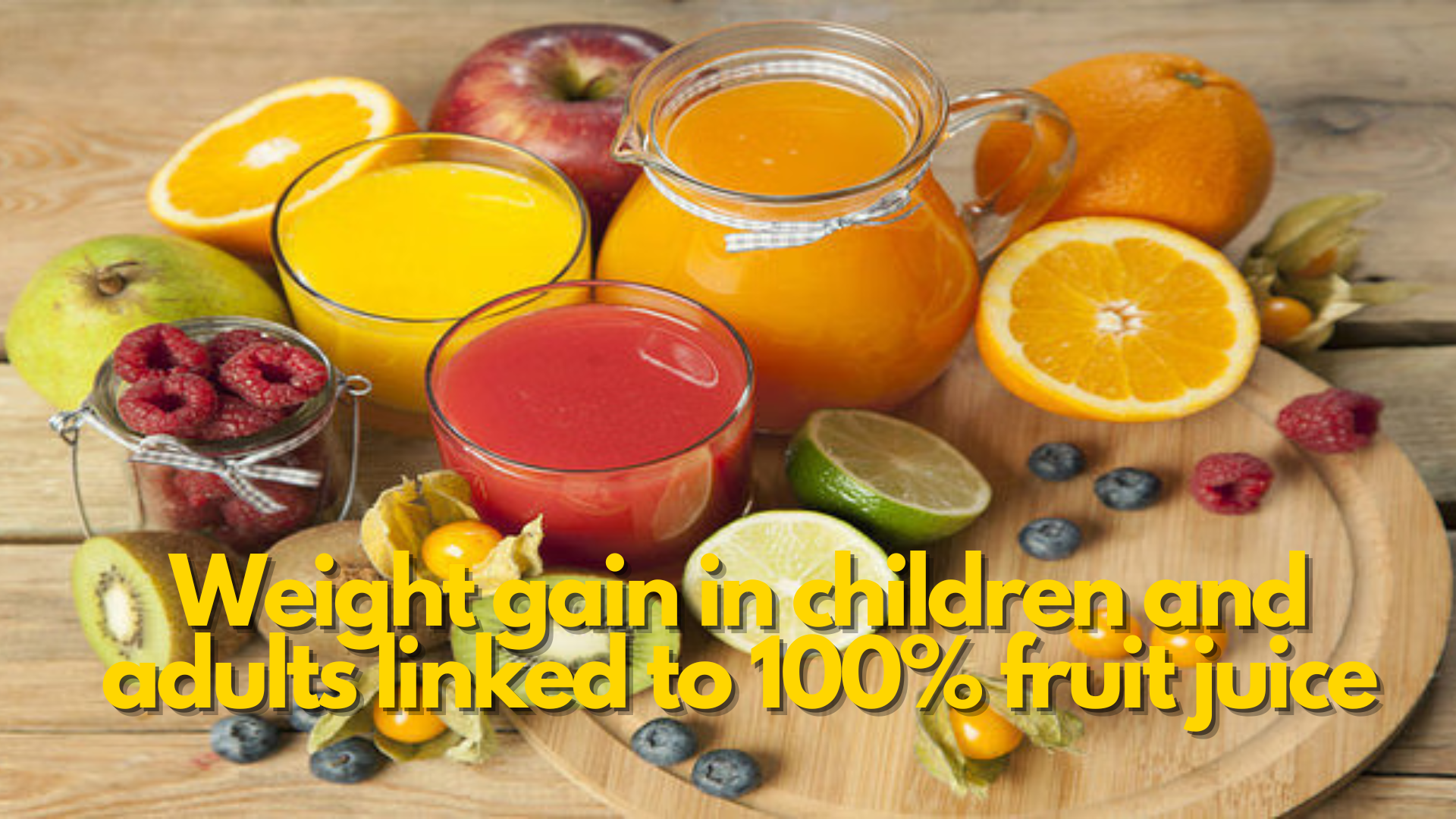A recent review of earlier research found that drinking a glass or more of 100% fruit juice per day was associated with a slight gain in weight in both children and adults.
“One fundamental problem with juice is quantity; consuming fruit this way makes it so easy to overdose,” said coauthor and leading nutrition researcher Dr. Walter Willett, a professor of epidemiology and nutrition at Harvard T.H. Chan School of Public Health and a medical professor at Harvard Medical School in Boston.
“For example, how often do we consume three oranges? However, a glass of orange juice is equivalent to three oranges that may be taken in a minute or two, and we can go back for another, which will add many calories and cause a surge in blood glucose,” Willett noted in an email.
According to specialists, too much sugar in the blood can eventually lead to insulin resistance, metabolic syndrome, diabetes, heart disease, obesity, and other chronic illnesses.
While the study’s conclusions did not show direct causation but only an association, the findings were “quite valid and match what we see clinically,” said pediatric endocrinologist Dr. Tamara Hannon, a member of the American Academy of Pediatrics’ nutrition committee who was not involved in the study.
Because of concerns about the rising rate of childhood obesity and dental cavities, the AAP advises parents and guardians to avoid juice entirely for babies under one year old, to limit intake to four ounces per day for children aged one to three, and to six ounces per day for children aged four to six.
“There’s really no health reason to have juice instead of whole fruits and vegetables unless your child cannot tolerate eating regular food,” said Hannon, director of the pediatric diabetes program at Riley Hospital for Children and professor of medical and molecular genetics at Indiana University School of Medicine in Indianapolis.
According to national dietary standards, teens and adults should consume no more than 8 ounces of 100% juice per day, and juice should not be considered a healthy approach to relieve thirst.
“General guidance is against ‘routine’ intake—in other words, relying on juice rather than water for thirst or consuming juice specifically for health benefits,” said Dr. David Katz, a preventive and lifestyle medicine specialist who founded the nonprofit True Health Initiative, a global coalition of experts dedicated to evidence-based lifestyle medicine. He was not a participant in the research.

“It’s not for everyday health; it’s an occasional sweet indulgence. In such a situation, fruit juice is a far better option than pop for a variety of reasons,” Katz wrote in an email.
How fruit juice affects the body.
For others, the fear about 100% fruit juice may be perplexing—fruit is healthy, right? So, what is the difference between the fruit and the juice?
“Whole fruits and vegetables include a variety of nutrients, including carbs, protein, fat, minerals, and vitamins, all of which are fiber-rich. “That’s how our bodies are designed to receive nutrition,” Hannon added. “When we take away the package, we take away the fiber and the structural parts of the food, and our body digests and metabolizes it differently than it evolved to do so.”
Eating an entire apple, for example, does not raise blood sugar levels because fructose, a sugar present naturally in fruits and vegetables, is released slowly into the bloodstream. In contrast, drinking apple juice fills the blood with sugar.
“The blood cannot contain sugar. It’s harmful to organs; therefore, the body puts a variety of systems in place to eliminate sugar quickly and maintain normal blood sugar levels,” Hannon noted. “So, the liver, which metabolizes sugars, converts a large part of those calories into fat that can be stored easily and kept out of the blood.”
According to Vasanti Malik, the corresponding study author and a research scientist in the department of nutrition at Harvard T.H. Chan School of Public Health, this is not the only influence.
“When you consume calories in solid form, your brain is better at registering those calories and adjusting your food intake accordingly,” says Malik. “But if you drink those calories, you may not feel full and begin to eat again.”

Portion size matters.
The meta-analysis, published Tuesday in the journal JAMA Pediatrics, included 42 studies: 17 in children and 25 in adults.
“The good thing about a meta-analysis is that it takes small studies and puts all the data together so it can be analyzed as if it were one big study,” says Hannon.
According to the study, each additional serving of 100% fruit juice per day in youngsters resulted in a 0.03 increase in body mass index, or BMI.
Initially, the study found no influence on adults due to differences in how calories were assessed, according to Malik. However, when only a subset of 25 trials adjusting for calories were examined, the results revealed a tiny 0.02 difference in BMI.
Adult BMI is calculated by dividing a person’s weight by their height squared. A child’s healthy weight range is defined as a BMI in the 5th to 85th percentile on the CDC growth charts. The CDC advises parents and caregivers not to use an adult BMI calculator to calculate their child’s weight status since the computation is more difficult.
While the changes in BMI discovered by the study may be small per individual, “when you look at a small amount over the entire population of the world, that’s hugely impactful, especially since most people are not drinking 4 ounces of juice a day, which is a standard serving,” Hannon explained.
“They’re drinking 16, 20, or 24 ounces of juice a day, which is then associated with significant increases in BMI,” she went on to say. “My advice to parents is to always consult with their doctor, but do not consider juice to be a nutritious drink for when they are thirsty.

“For snacks and treats, offer your child whole fruit if your child can eat it,” she said. “And if you’re using juice as a fruit serving, it should be a half of a cup, no more a day.”



